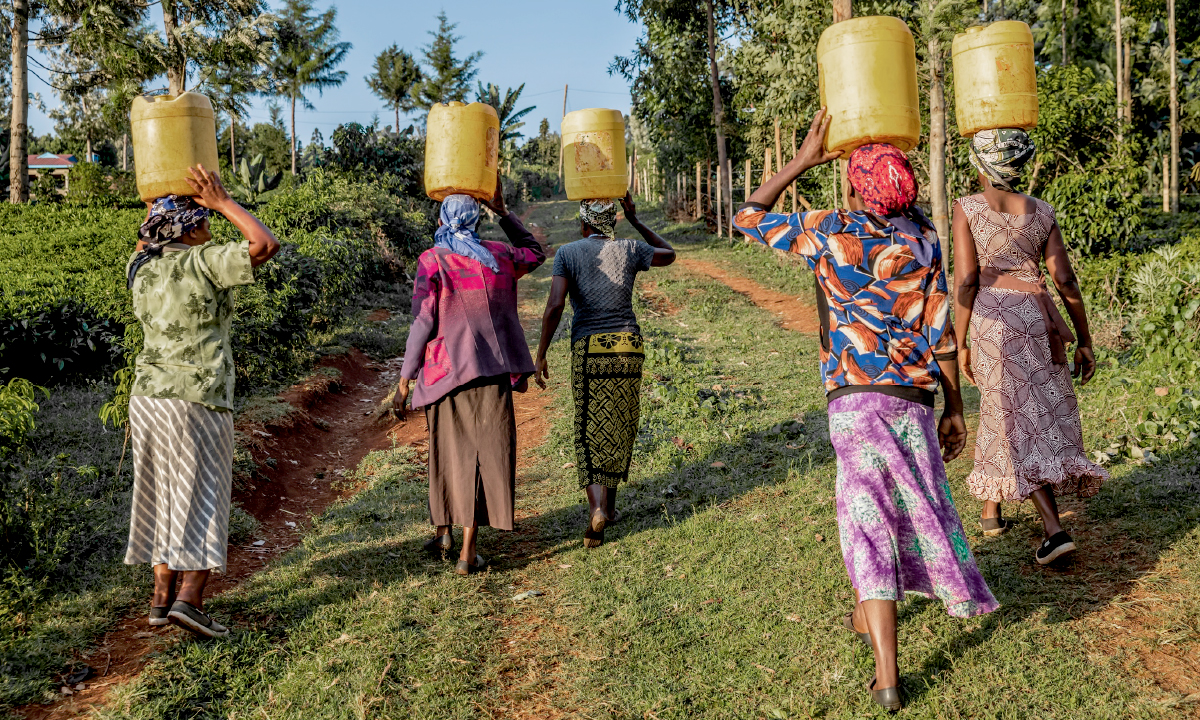Women are disproportionately impacted by the negative effects of climate change, yet they have the capacity to act as critical changemakers in addressing the climate emergency. A true just transition needs to account for the inequitable impact of climate change and climate investing on women to ensure the benefits of transitioning to a green economy are shared broadly. Women make up 80% of people displaced by climate change, and are 14 times more likely to die or be injured in a natural disaster than men. While they are often the victims of climate change, they are also critical stakeholders in designing and implementing solutions. Studies have found that increased representation of women in parliament correlates with reduced CO2 emissions through more stringent climate change policies.
Financial institutions (FIs) need to value women as key changemakers in climate investments to drive greater impact in inclusion, climate targets, and business outcomes. Studies have shown that a 1% increase in the share of women managers within a firm leads to a 0.5% decrease in CO2 emissions. There is also a compelling business case for doing so, with research showing that higher representation of women at all levels of the organisation is correlated with higher average returns, with a return on equity which is 2% higher than companies with low gender diversity. Not considering gender can also increase risk on many different levels (e.g. operational, reputational, talent, etc.) for both investors and their investments.
The Women in Finance Climate Action Group (WIFCAG) is a collective of women leaders who have come together to consider what can be done to improve gender equality in climate investments, and in particular, how FIs can better assess, measure and report on the gender-responsiveness of their climate-related investments, products, and services. This issue is relevant to all FIs engaging in climate financing, but different types of FIs will have different risks, opportunities and levers for change. Therefore, as a first step, this framework focuses on asset managers, as key stakeholders in directing capital. However, many aspects of this framework can be applicable to other types of FIs, particularly around the key organisational changes recommended in Section 3 and the suggested metrics in Section 4.
This framework was developed with a thorough review of existing gender specific and climate specific frameworks and data sources, particularly 2X Criteria, to provide a simple and practical tool for investors. It considers women in all capacities as framed by 2X –as business owners, leaders, employees, consumers, and beneficiaries of financial intermediaries –to compile a list of key metrics for investors to integrate into their organisation and investment processes. The framework has been developed with input from a wide range of interviewees across asset managers, venture capital and private equity firms, and development finance institutions as well as gender lens and sustainable finance. It is designed to be additive and work in conjunction with existing climate frameworks, particularly for reporting purposes.

